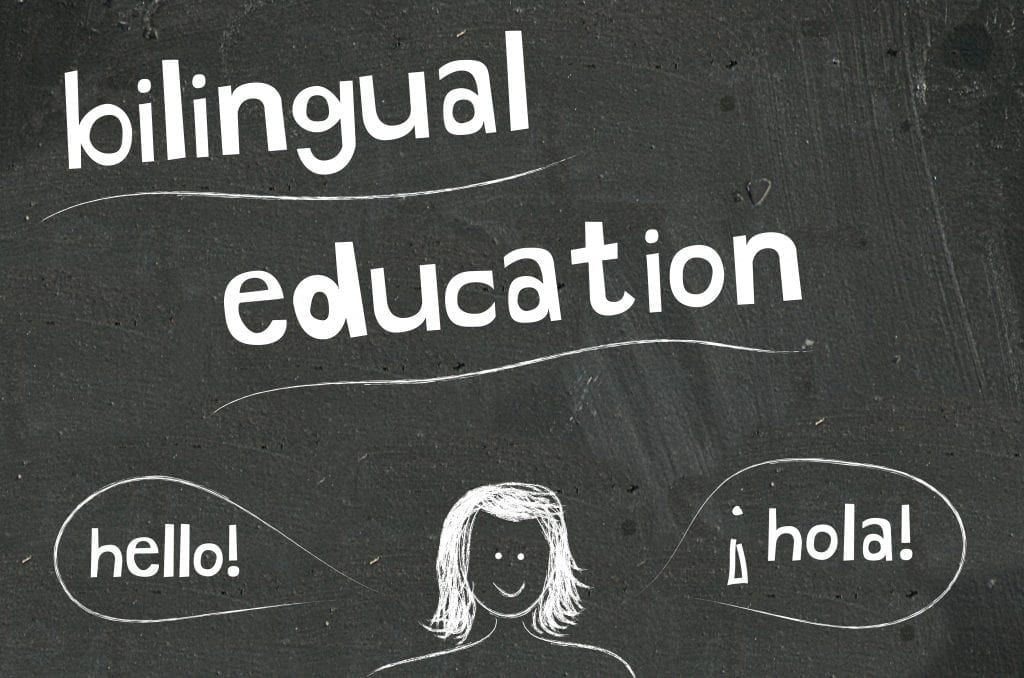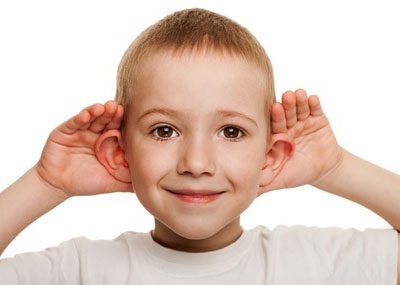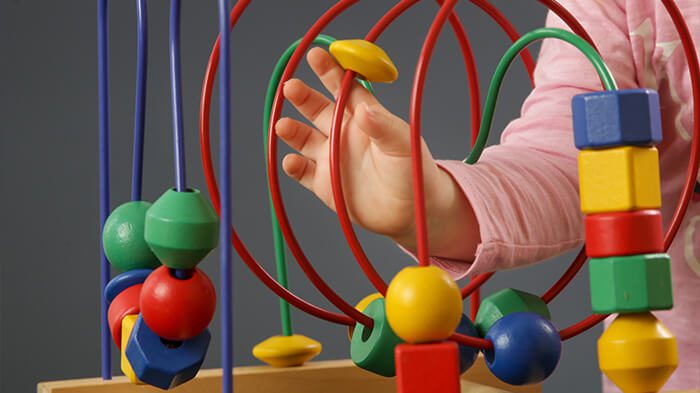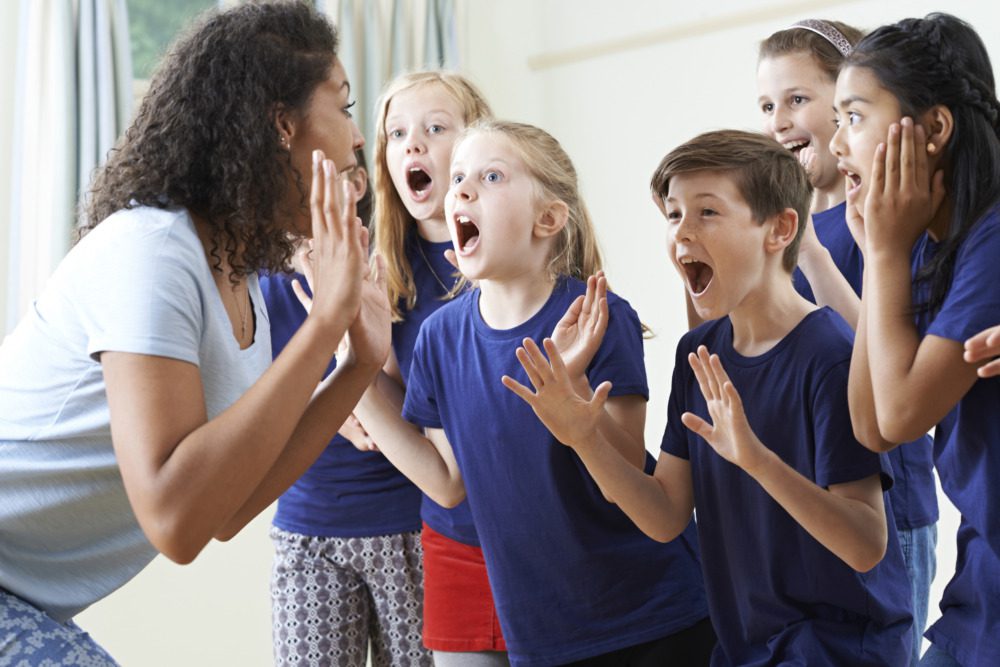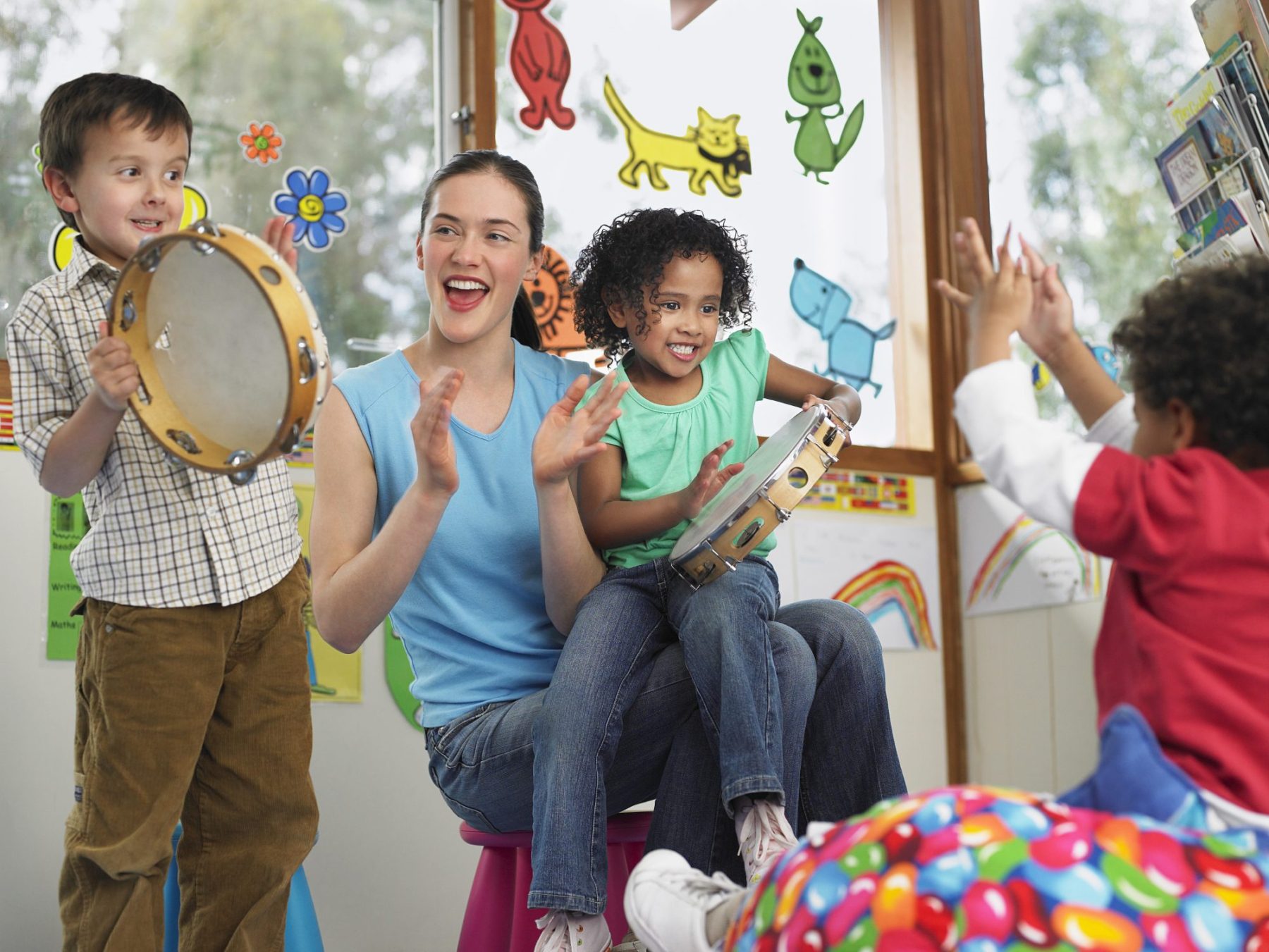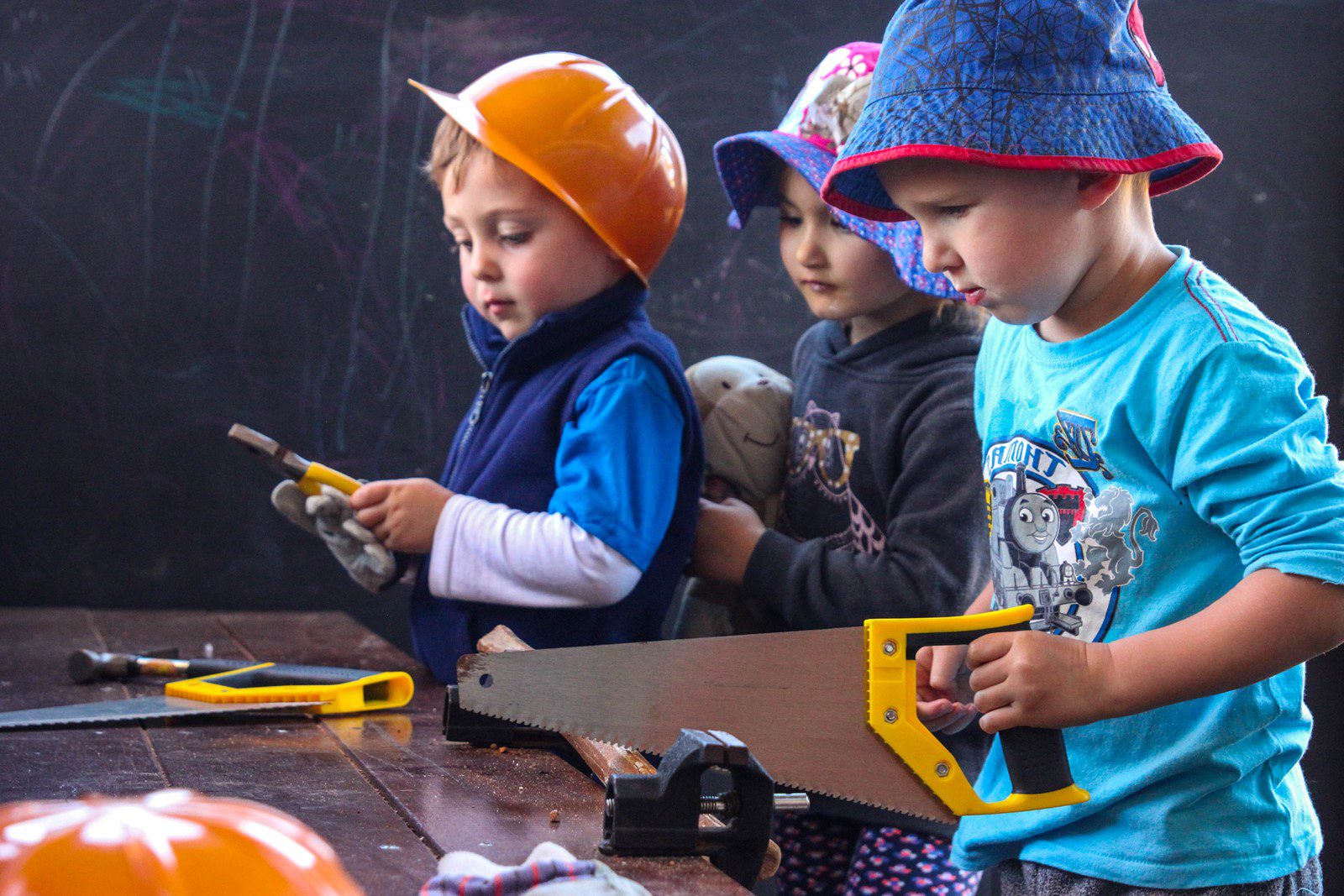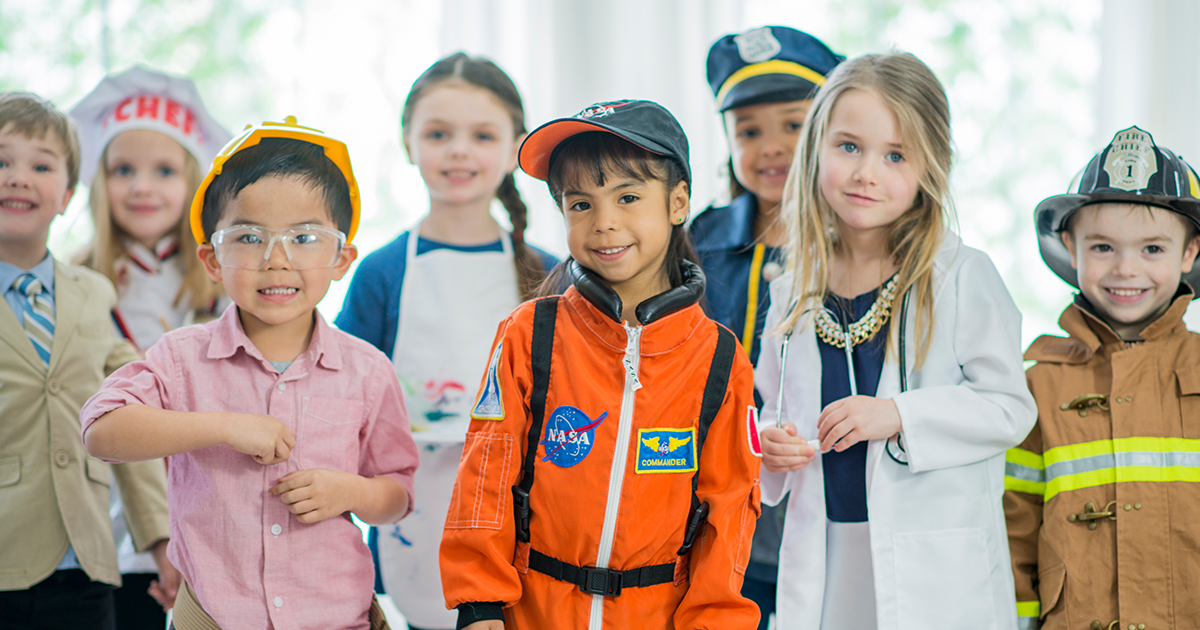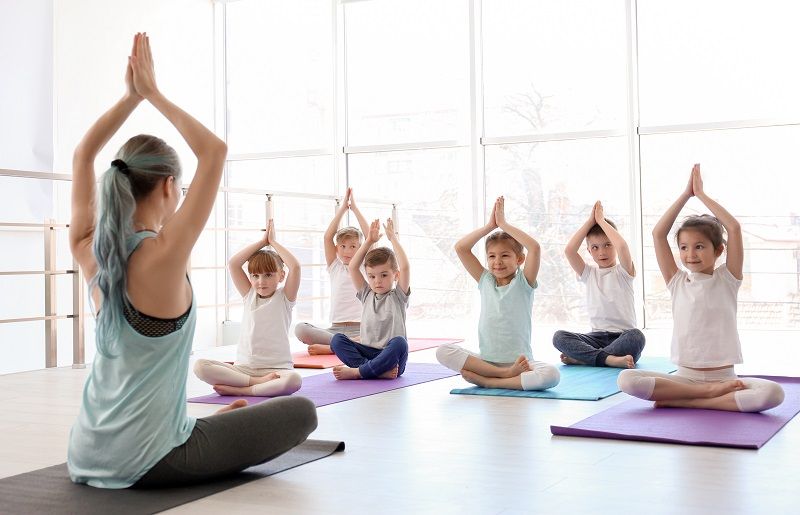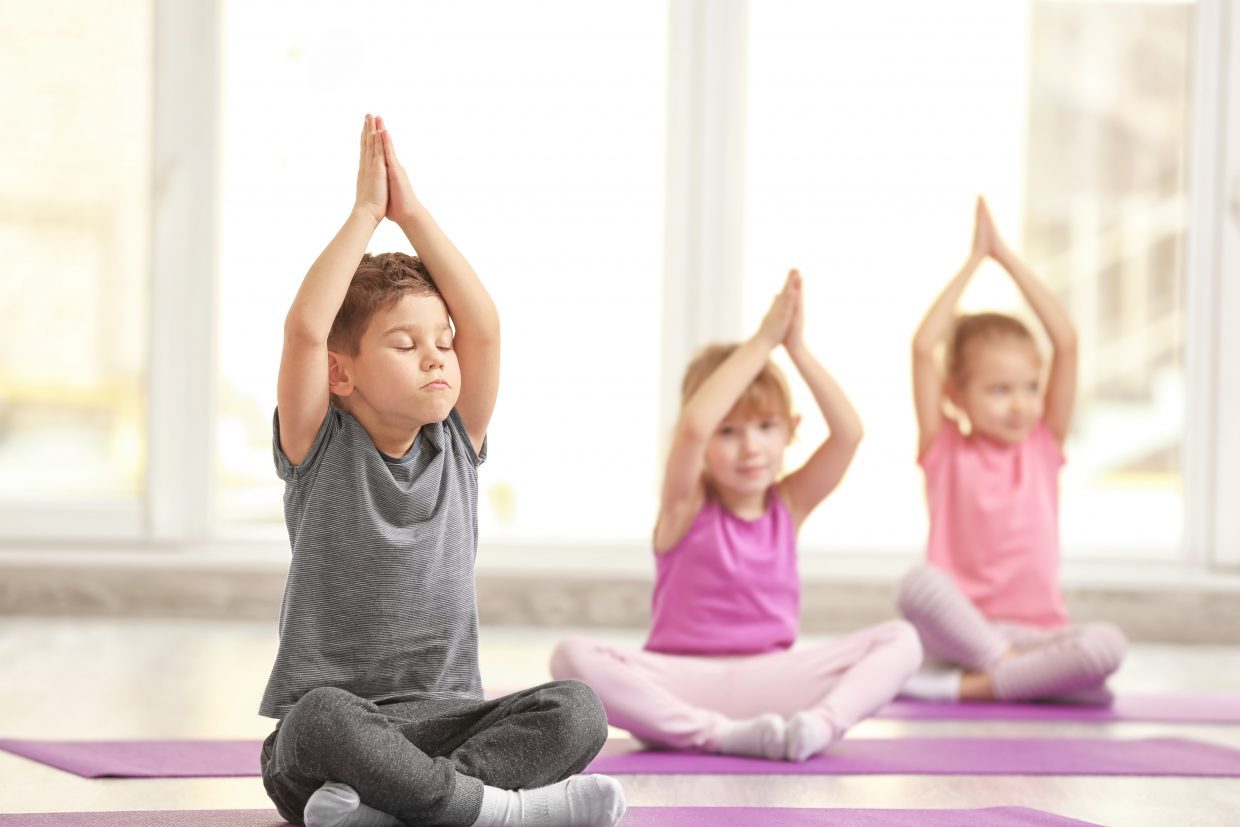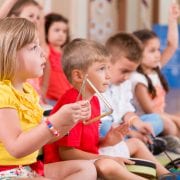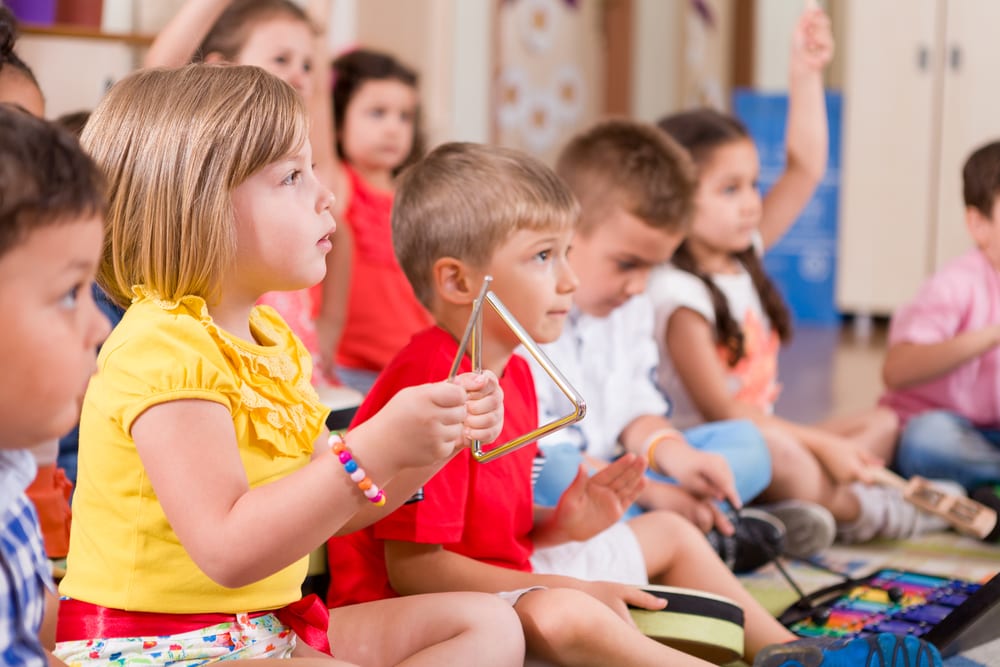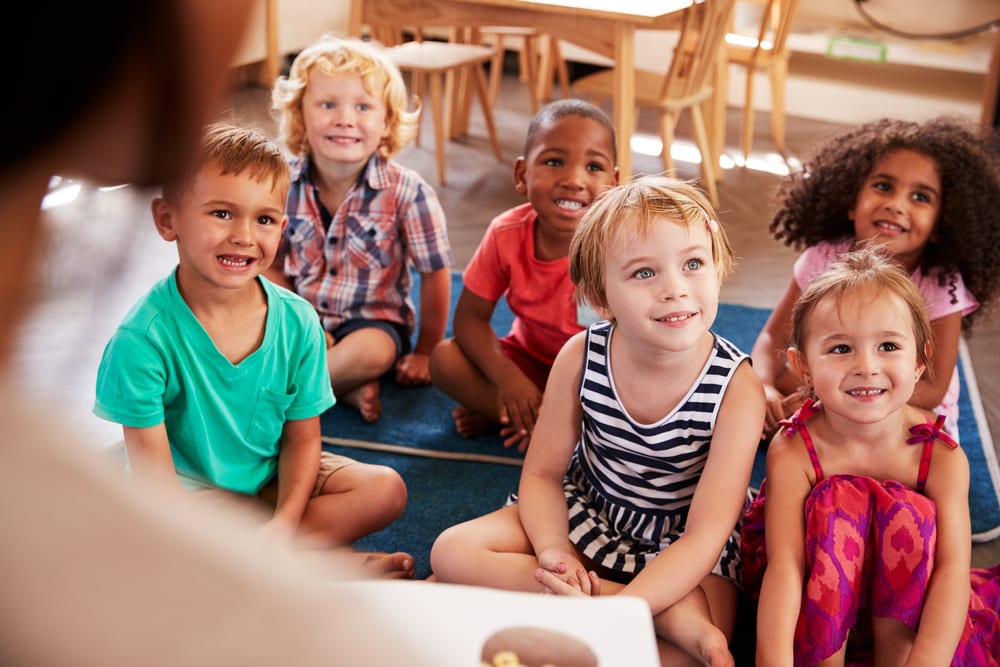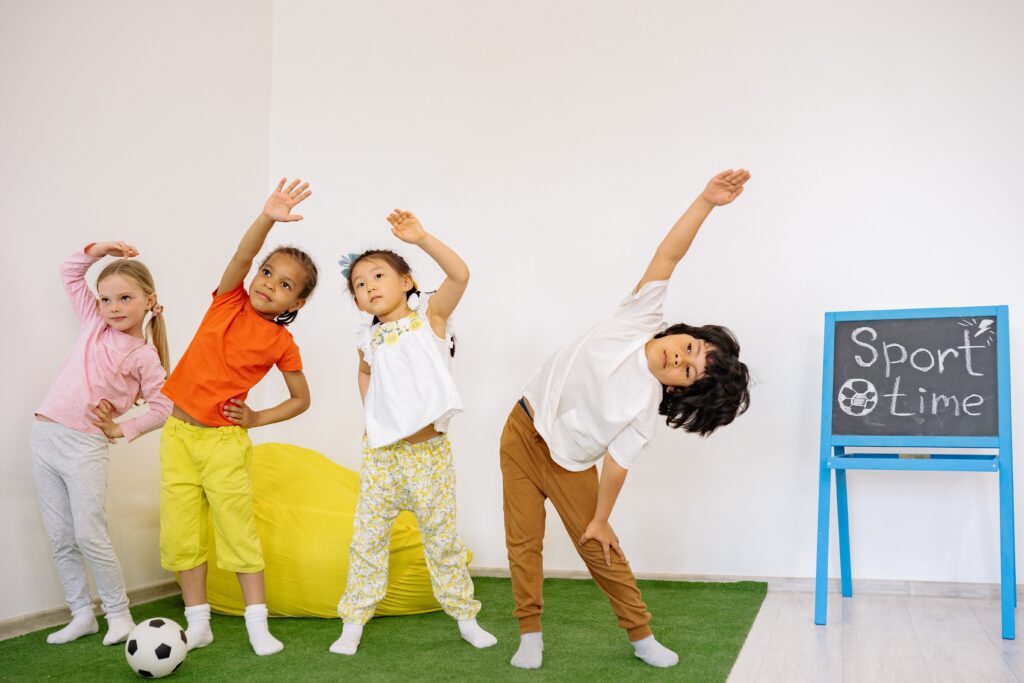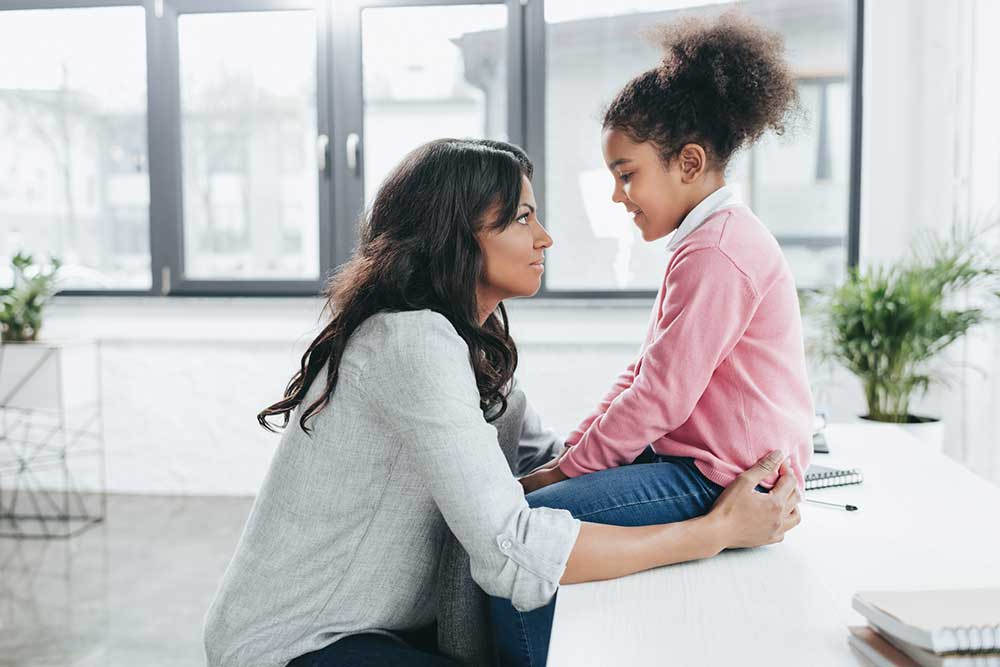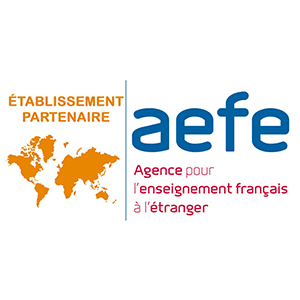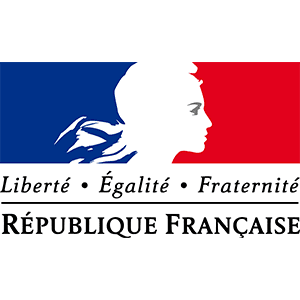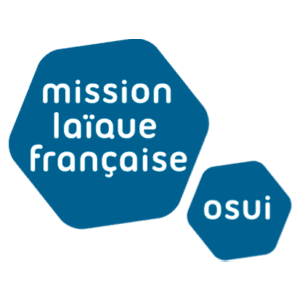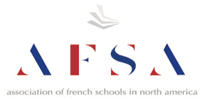Spanish Language Learning: Bilingual Programs Build Connections
Dual language programs, starting as early as PreSchool, introduce bilingualism and diversity into the classroom, exposing youngsters to different languages, cultures and experiences. Children’s brains are like sponges and they soak up other languages more quickly when they begin learning at young ages. This ability decreases with time. This is due to early brain development and centers of the brain responsible for language acquisition. In fact, learning two languages simultaneously reinforces vocabulary learned in each language! A surprising benefit of learning another language is the strengthening of the English language!
Bilingual Programs
Some schools are using computer apps to teach Spanish and other languages, but that’s no match for academic institutions that employ bilingual teachers. There is some concern regarding the amount of time children are spending glued to a screen, so many schools are working on finding middle ground solutions to monitor student usage instead of banning screens altogether. Bilingual academics are equally engaging without the necessity for a screen. A full immersion program is the best way. This affords children the opportunity to really become bilingual, with a teacher who is a native speaker.
Fluency in more than one language helps strengthen cognitive flexibility and many other cognitive skills, teaching students to think outside of the box! Integrating bilingual programs into schools helps build cultural competency, creating environments that are empathetic and supportive, and demonstrating the value of diversity.
The benefits of dual language education need not stop at the chalk board! Parents, you can engage in language activities outside the schoolroom, continuing the learning at home–you may find that you even learn something too! Of course, it’s not the same as a full immersion bilingual program, but it’s better than nothing:
Teaching Tips
- Greetings ~ Begin the day with saying, “Buenos Dias!” or “Hola! Me llamo Michael,” when meeting new people. Integrate Spanish words into everyday phrases!
- Tactile Involvement ~ Anchor words by giving your child something to hold or touch, visually supporting the information learned. If teaching the color green, “el verde,” use a piece of green construction paper cut out in the shape of a leaf, “una hoja!” Turn learning into an interactive art project!
- Movement ~ Dance or act out words! Using movement is another method that anchors words learned by helping with processing and memory. Try playing charades or Pictionary in Spanish! Turn learning into a family game everyone can join in after dinner or on the weekends!
- Tell Stories ~ When reading from picture books, children derive meaning from context clues. Children’s stories are also pattern-based and use lots of repetition, which further assists anchoring new words!
- Sing Songs ~ Melodies and rhymes help to create patterns that are easy to remember. Almost every popular radio hit has a hook that draws in listeners; it’s the same for children’s songs. Another tip is trying to sing “echo” songs, where your child repeats lines back to you. Repetition is key to learning any language! So why not have some fun with it?
- Ask Questions ~ Ask supportive questions, engaging your child to use the language they’re working on. For example: instead of asking, “Que es esto?” (What is this?) try, “Es un gato?” (Is this a cat?). Phrasing questions in this manner uses word repetition, supporting new words learned by providing context clues.
- Counting ~ When washing hands, count to ten in Spanish! Uno, dos, tres!
- Shared Activities ~ If your child is helping you bake cookies, use basic words for the dishes needed to mix the batter. For instance, ask your child to hand you una cuchara, a spoon! This is an extremely powerful way to help your child learn Spanish because it provides emotional tactile involvement!
Global Classroom
Research shows learning other languages, like Spanish, has cognitive and cultural benefits on developing minds. Bilingual programs beginning as early as PreSchool send a message to children that the world is a small place and that the world is their oyster. It also strengthens our sense of global awareness and unity, in and outside the classroom! When engaging your child at home, remember to use words in context and to repeat words. And always: have fun and be flexible!


